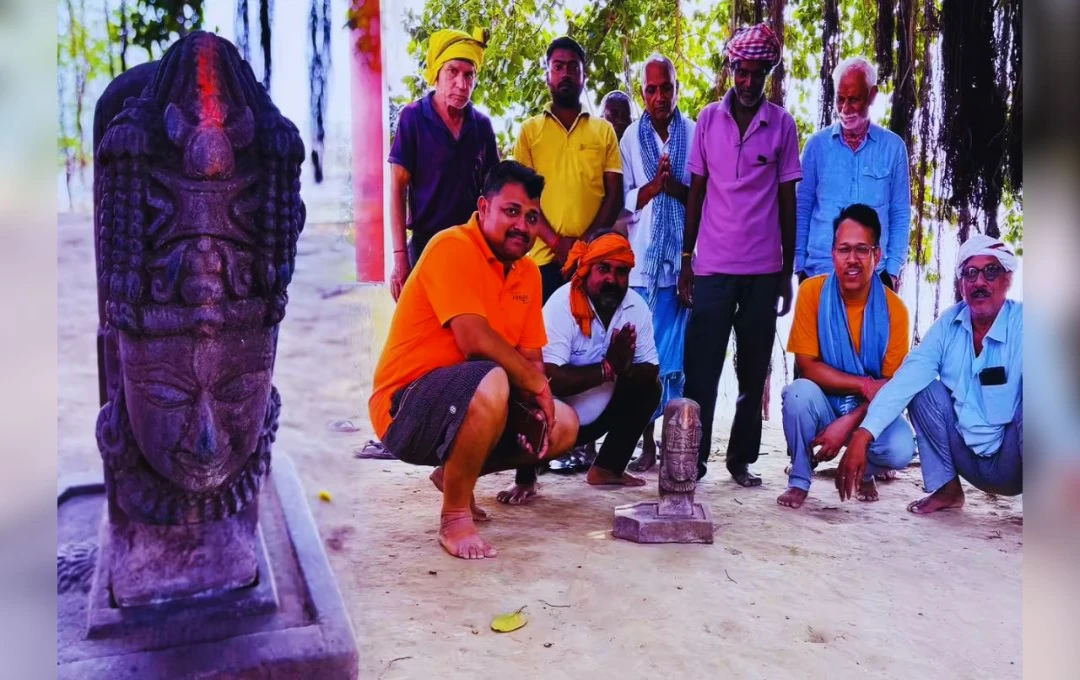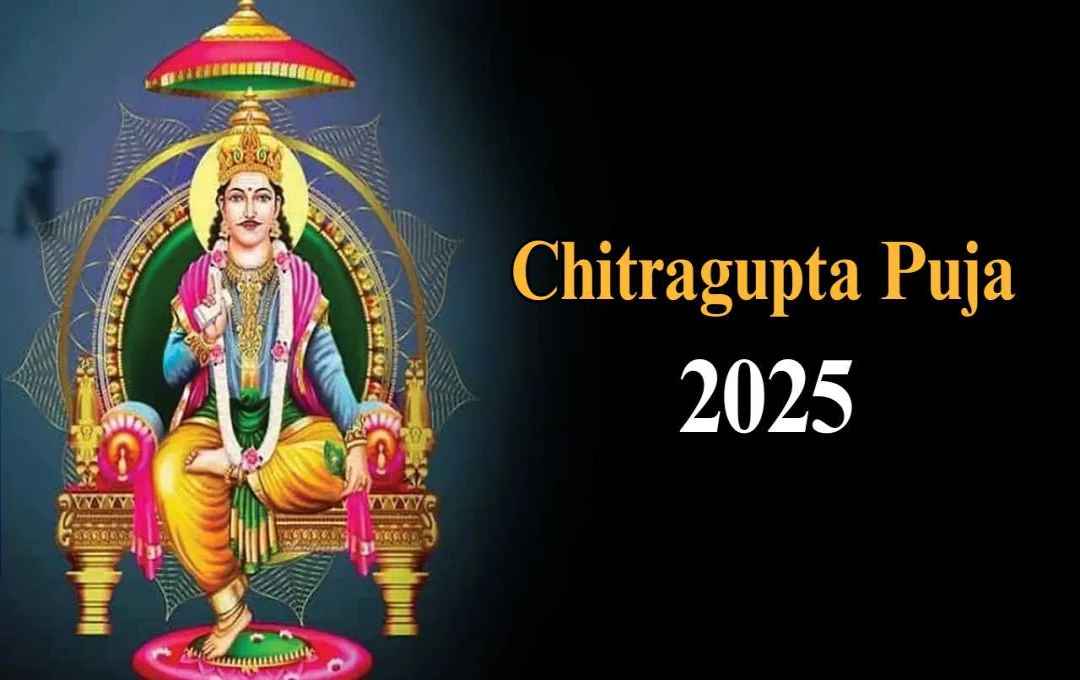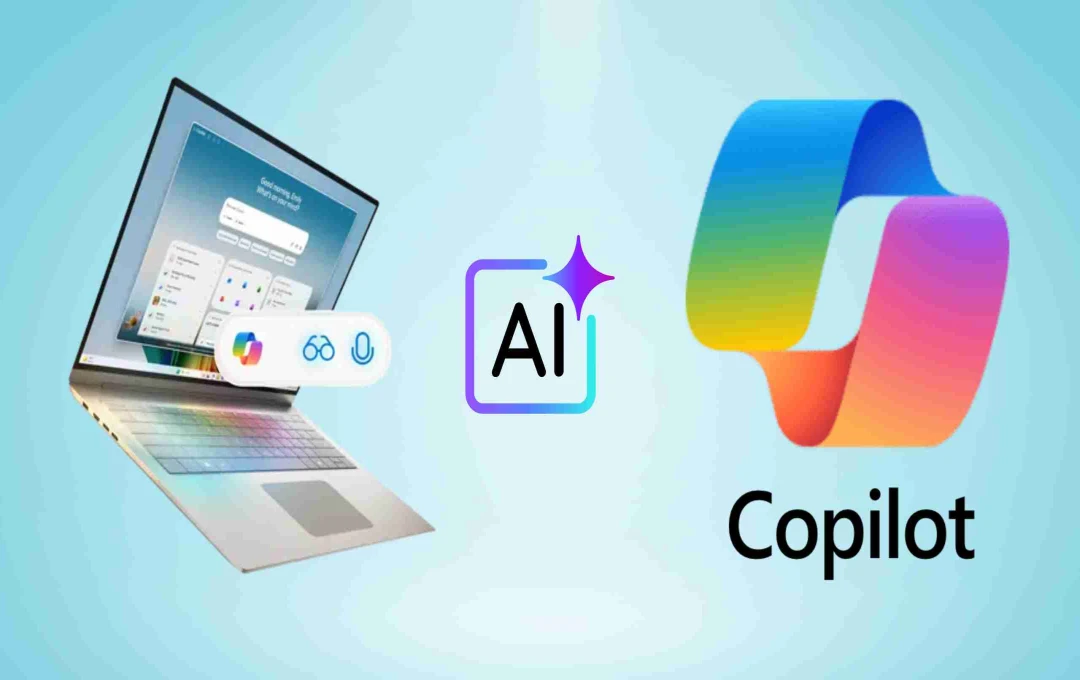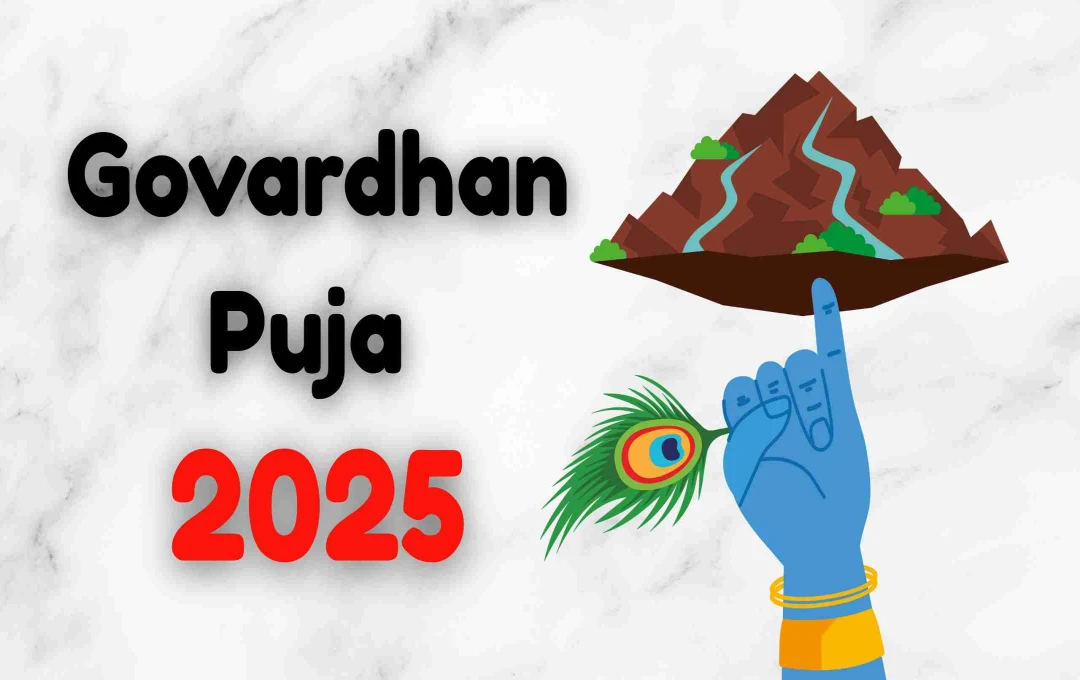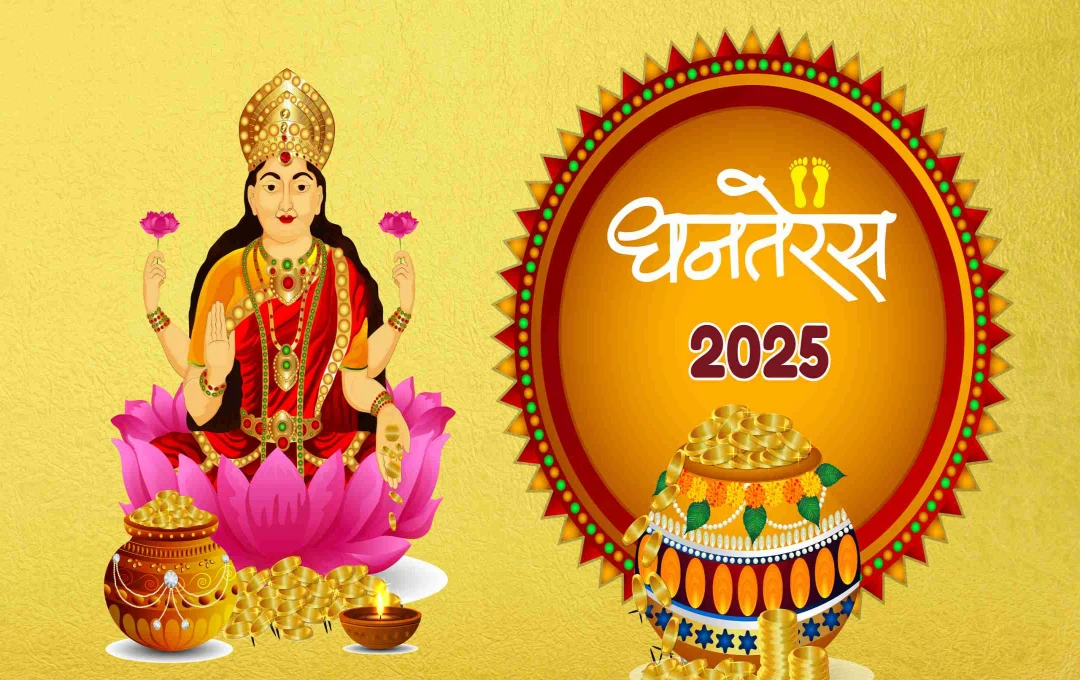Students can avail education loans ranging from ₹7.5 lakhs to ₹75 lakhs for pursuing MBBS. Public sector banks offer loans up to ₹7.5 lakhs without any collateral. EMIs commence after the moratorium period.
Education Loan: The dream of becoming a doctor in India is cherished by millions of students, but the cost of an MBBS education often becomes a major hurdle. While fees are lower in government medical colleges, private medical colleges are significantly more expensive. In such cases, an education loan emerges as a crucial option. This report will inform you about the loan amounts available for MBBS, the repayment process, and important considerations.
Loan Amount for MBBS:
Almost all major banks and financial institutions in India offer education loans for medical studies. For professional courses like MBBS, students can obtain loans ranging from ₹7.5 lakhs to ₹75 lakhs or even more. Generally, public sector banks provide loans up to ₹7.5 lakhs without any security. For higher loan amounts, a guarantor or co-applicant is usually required.
Some private banks or NBFCs (Non-Banking Financial Companies), considering the college's reputation, the student's merit, and the admission letter, may provide loans exceeding ₹75 lakhs. It's crucial to remember that the loan amount is determined based on the college's fee structure and other expenses (such as hostel fees, books, and lab fees).
Necessary Documents for Education Loan:
Certain documents are required to obtain a loan. These include the student's admission letter, course and fee structure, previous academic transcripts, Aadhaar card, PAN card, passport-sized photograph, bank statement, and the co-applicant's income proof. Many banks also offer online application facilities, simplifying the entire process.

Loan Repayment Process:
A key feature of education loans is that students don't begin repayment during their studies. This is known as the "moratorium period," the duration during which the student is studying and is not required to pay any EMIs. This period typically lasts for the course duration plus 6 months to 1 year.
Once the moratorium period ends, the bank begins collecting EMIs. The loan repayment tenure depends on the bank but generally ranges from 5 to 15 years. Longer repayment periods may be available for larger loan amounts.
Interest Rates:
Education loan interest rates depend on the bank and the loan amount. Public sector banks generally offer lower interest rates compared to private banks. Currently, education loan interest rates in India average between 8% and 12%. Many banks also offer interest rate concessions to women and meritorious students.
Government Schemes and Subsidies:
The Indian government has launched several programs like the "Credit Guarantee Fund for Education Loan" (CGFEL) and "Interest Subsidy Scheme" to encourage education loans. Students from low-income backgrounds or belonging to the EWS category who secure admission in government or recognized colleges are eligible for interest subsidies. This reduces the loan cost and eases future repayment.

